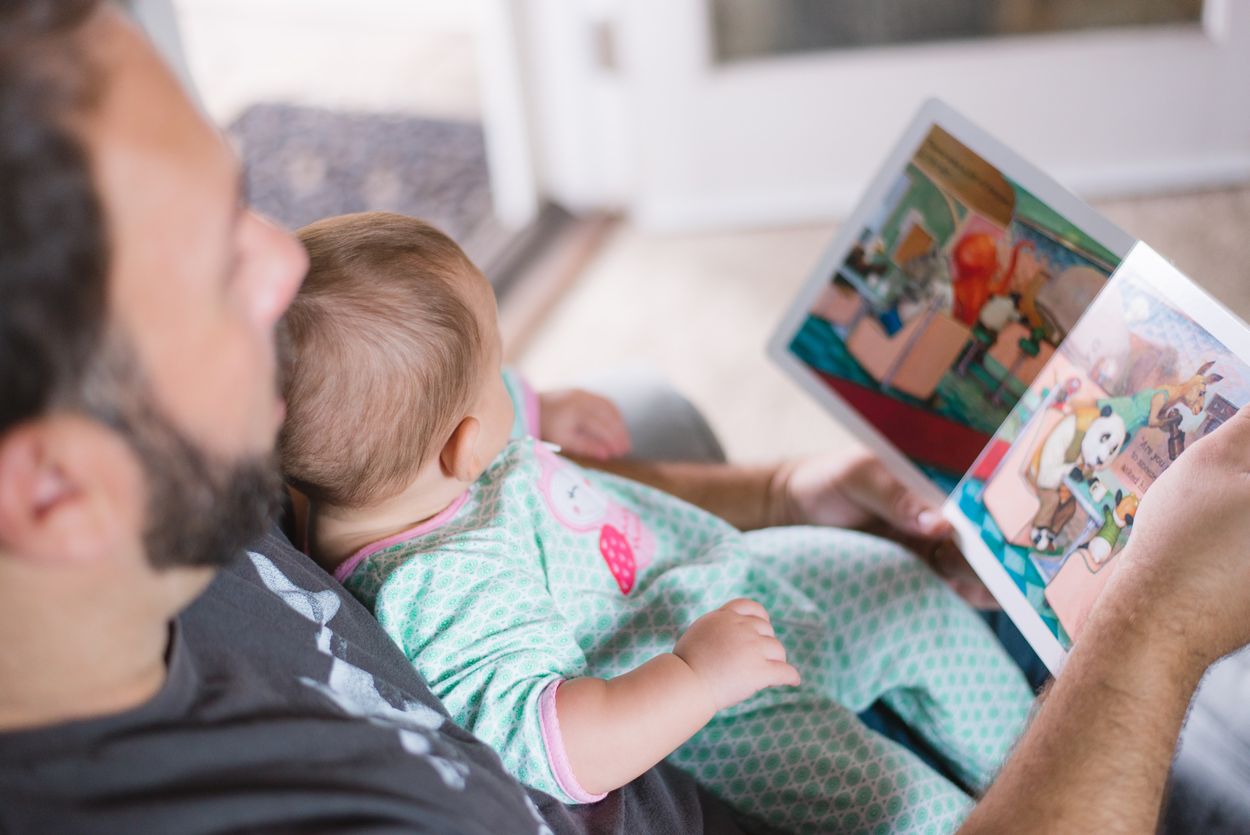THE IMPORTANCE OF LEARNING TO READ PRIOR TO KINDERGARTEN
Let me ask you a question. How old were you when you first learned how to read?
Likely the answer is that you simply don’t know. The truth is that the ability to read is not a singular event in time but rather is a staged process -- albeit a high stakes one. Studies show that children who don’t learn how to read by the third grade will face obstacles for the rest of their academic career. Consequently, it is absolutely critical for you as a parent to identify and address any issues your child may have in decoding sounds prior to entering the formal school system. Additionally you are missing a once-in-a lifetime opportunity to help your child achieve their maximum potential if you neglect to teach them how to read between the age of 3.5 and 5 years old.
Thankfully, if you are a Lifora subscriber and you use the recommended materials for roughly 25 minutes a day over a 4 – 5 month period you will emerge with a confident little one who can read at the 2nd grade level. Covid - 19 related school shutdowns or not, your child will be light-years ahead of the curve.
But what do we mean when we say that you will be able to teach your 3.5 – 5 yr. old to read at the 2nd grade level after using Lifora's recommended materials for only a few months?
We mean that upon finishing the literacy-based lesson plan your child will have developed decoding skills to the extent that he/she will be able to “sound-out” words (even made up), read at a rate that indicates fluency and recognize 90% of the words in 2nd-grade level reading books without outside assistance.
Specifically, your child will be able to read and understand literature such as the series of books in the Magic Tree House Boxed Set.
See if your friend’s precocious 6 year old can even do that!
I ALREADY READ BOOKS TO MY CHILD ISN’T THAT GOOD ENOUGH?
Reading to your child is necessary but not sufficient for them to acquire literary abilities. Sitting down at night to narrate the prose in a book expands your child’s knowledge of the spoken language while simultaneously enriching their linguist skills. However, children need to learn the mechanics of reading through systematic guidance and feedback since reading is a product of decoding and comprehension.
WHY TEACH YOUR 3.5, 4 or 5 YEAR OLD CHILD TO READ RATHER THAN WAIT FOR A KINDERGARTEN TEACHER TO DO IT?
The most compelling reason to teach your 3 year old to read is so that your child can start reading for pleasure as early as possible. Reading for pleasure has been linked to increased cognitive progress in vocabulary and mathematics during adolescence. Reading in general has also been shown to improve memory, writing skills, and imagination.
The second reason to teach your child to read is so that you will be able to focus on other high priority developmental areas with your little one when he/she is approaching or (already in) Kindergarten. You will soon discover that under the Common Core Curriculum, Kindergarten is a time when your child’s peers will spend a great deal of time “tapping out” letters and memorizing sight words. Thankfully, since your child is already able to phonetically decode and comprehend the English language at the 2nd grade level, you are free to spend your time accelerating your child’s mathematic acumen, piano skills or any other discipline that you choose.
Consequently, if your child is advanced we recommend starting to teach them to read at 37 months of age. If not, then starting the lessons with your child any time prior to when they are 4.5 yrs old is a realistic sweet spot.
Our family completed the LIfora recommended phonological awareness plan with our 4 year old daughter after spending an average of 25 minutes of reading lessons off-and-on over 120 days. We finished in April of 2020 (at the height of the COVID-pandemic) which was the Spring prior to her starting Kindergarten at her local public school in Westchester, New York. Thankfully, despite COVID-19 related changes, our local library was open to the public so we were able to implement our vision of having our daughter check-out and consume 50 new books to read every two weeks.
The third reason is that it allows your child to independently complete classroom and COVID related home-learning assignments from the onset of the first Kindergarten class.
Finally it avoids a potential situation where your unprepared child enters Kindergarten and encounters a teacher who, for unfounded reasons, develops low expectations for your child's intellectual abilities that your child subsequently internalizes leading to a diminished self-worth. Instead, with Lifora, the opposite will occur. Your child will develop extreme confidence in his/her abilities relative to his/her classmates – a confidence that will stay with them through their school-years.
WHEN TO INTRODUCE SIGHT WORDS
What are sight words? Well they are words that appear with a high enough frequency that we want kids to know them by sight. Instead of stopping each time to figure out the word using phonetic decoding skills ideally the word is automatic; able to be read within a few milliseconds of seeing it. It is not to say that phonetic knowledge cannot come into play as well – one can sound out the word “did” but it should be able to be eventually read without doing so.
(Note that two common lists of sight words are the Dolch’s word list and the Fry’s word lists.) Rest assured that sight words typically become automatic when a child has had multiple and meaningful exposure to the word – so it normally is just a matter of time before a child with phonetic knowledge can fluently read any word.
Consequently, in the absence of formally diagnosed hearing issues or dyslexia in your child, sight words should only be introduced after your little one has gained an understanding of phonetics.
Consider a parent who only uses flash cards in order to teach their bright 3.5 year old how to read the following list of words:
fat run go him
The precocious child makes quick work of memorizing the words and the parent moves on to even more words for the child to memorize. However, the child may soon encounter a fatal problem. When a new word is introduced that begins with the same first letter that was seen before, the child guesses. So the word “he” is read as “him” and the work “got” is read as “go”.
This occurs because the child was never taught how to discriminate the differences between words through the ability to decode the sounds of individual letters. But if your children are taught phonetics first and then sight words are introduced, you will have kids that are in much better position to master reading.
READY TO GIVE YOUR PRE-K’er a SUPERPOWER?
If you have a child that:
- is between the ages of 36 months and 6 years old
- has not yet been taught how to read
- has not been diagnosed with a hearing problem or a learning disability
Sign up for a 30 day trial and make sure that you add the "Cross Domain Skills" domain to get started.
© 2025 ‐ Didactiic


